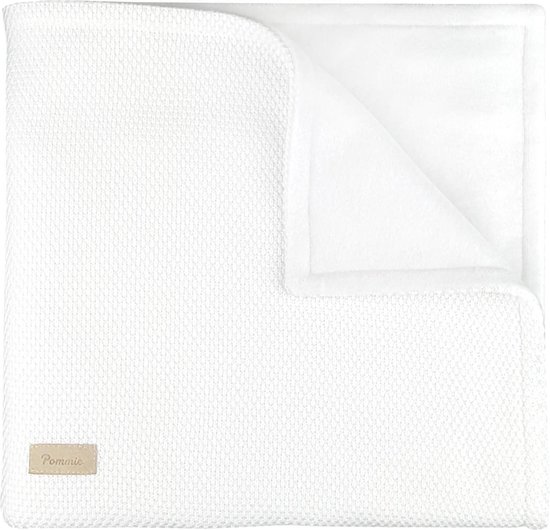POMMIE (Phase Oscillations to MaxiMIze Editing) is a 13C experiment that, like the more familiar DEPT experiment, utilizes polarization transfer to enhance the intensities of the 13C signals. However, unlike DEPT, POMMIE edits the spectrum by varying pulse phase rather than adjusting pulse flip angle.
Fig. 1 shows the pulse program of Q-POMMIE (Quantitative-POMMIE)1). It improves quantitative performance by varying Δ and pulse phase to average the efficiency of polarization transfer (Fig. 1). The spectrum pattern of Q-POMMIE is identical to DEPT45.
Pommie in the Crapper In the north of Australia is a place called Queensland which is very hot, humid and the pubs are rough. Anyway, this posh pommie bloke is traveling through Queensland in the middle of summer by bicycle and is caught in a huge tropical storm. He sees a sign which says there is a pub 18 miles up the road.
Pommies Australia
Quantitative NMR measurements require sufficiently long repetition times to allow the (near complete) recovery of magnetization between scans. For the standard 13C{1H} inverse gated decoupling method, the minimum acceptable repetition time is dictated by the 13C T1s, which can be very long (up to several minutes). On the other hand, the minimum repetition time of the Q-POMMIE method is dictated by the usually much shorter 1H T1s. This means that Q-POMMIE can yield quantitative 13C spectra in less time and with higher sensitivity than via the 13C{1H} inverse gated decoupling method.
Pommie61
Fig. 2 shows a comparison of 13C{1H} inverse gated decoupling and Q-POMMIE spectra of 10% Cinnamic acid cis-3-hexenylester in CDCl3. Although quaternary carbons are not observable in the Q-POMMIE spectrum, protonated carbon signals are recorded with significantly higher sensitivity, thereby allowing more accurate quantitation.Tab. 1 shows the comparison of the peak integrals obtained from each spectrum. While the CH integrals are significantly underrepresented in DEPT45, those obtained using Q-POMMIE are very close to those obtained via the 13C{1H} inverse gated decoupling method.
Features of Q-POMMIE
(Comparison with 13C{1H} inverse gated decoupling)



Pommy Bastards
- Higher sensitivity
- Quaternary carbons are not observed
- Quantitative condition is dictated by 1H T1s not 13C T1s
- Requires large minimum number of scans (96×n)
b) : Q-POMMIE
Sample:10% CAHE/CDCl3
Instrument:JNM-ECZ400S & ROYALprobe™HFX
Number of scans:384
Pulse repetition time:46s
Tab.1: Integral values of protonated 13C signals shown in Fig. 2
| δ(ppm)/Exp | 13C{1H} inverse gated decoupling | Q-POMMIE | DEPT45 |
|---|---|---|---|
| 14.3(CH3) | 1.00 | 1.00 | 1.00 |
| 20.7(CH2) | 0.98 | 0.97 | 0.92 |
| 26.9(CH2) | 0.89 | 0.94 | 0.94 |
| 64.2(CH2) | 0.99 | 1.07 | 1.07 |
| 118.3(CH) | 0.95 | 0.97 | 0.69 |
| 123.9(CH) | 0.91 | 0.92 | 0.67 |
| 128.1(CH)*2 | 1.85 | 1.87 | 1.44 |
| 129.0(CH)*2 | 1.96 | 1.92 | 1.45 |
| 130.3(CH) | 0.95 | 0.99 | 0.67 |
| 134.5(CH) | 0.87 | 0.85 | 0.64 |
| 144.8(CH) | 0.95 | 0.96 | 0.66 |

Practical Example: UV Initiator
Pommies
As an illustration of the utility of the Q-POMMIE experiment, Fig. 3 shows a comparison of spectra recorded on a sample of a UV initiator. The 13C spectrum of this sample contains a signal at 77.2 ppm which is completely obscured by the solvent signal, so its integral cannot be determined via 13C{1H} inverse gated decoupling (Fig. 3a). On the other hand, the solvent signal is not visible in the Q-POMMIE spectrum, allowing this signal to be cleanly observed and hence integrated (Fig. 3b).
Apple Pommies
Fig. 3: a) 13C{1H} inverse gated decoupling b) Q-POMMIE
Sample preparation: 10mg sample/CDCl3
Instrument: JNM-ECZ500R & 5mm SuperCOOL probe
Scans: 960
Pulse repetition time: 20s
Reference

- In Australia & New Zealand Pom, Pommie or Pommy is a slang term for a British person. There are several theories as to the origin of the word Pommie. Many people think it comes from the acronym POHM- Prisoner Of Her Majesty- which was apparently emblazoned on the back of immigrants uniforms when they arrived.
- Pome definition is - a fleshy fruit (such as an apple or pear) consisting of an outer thickened fleshy layer and a central core with usually five seeds enclosed in a capsule.
1) Anal. Chem. 2008, 80, 8293-8298.
Sample courtesy of Mr. Yuuji Itoh (TOYO INK SC HOLDINGS CO., LTD)
Pommies Def
- Please see the PDF file for the additional information.
Another window opens when you click.
PDF 3.84MB
